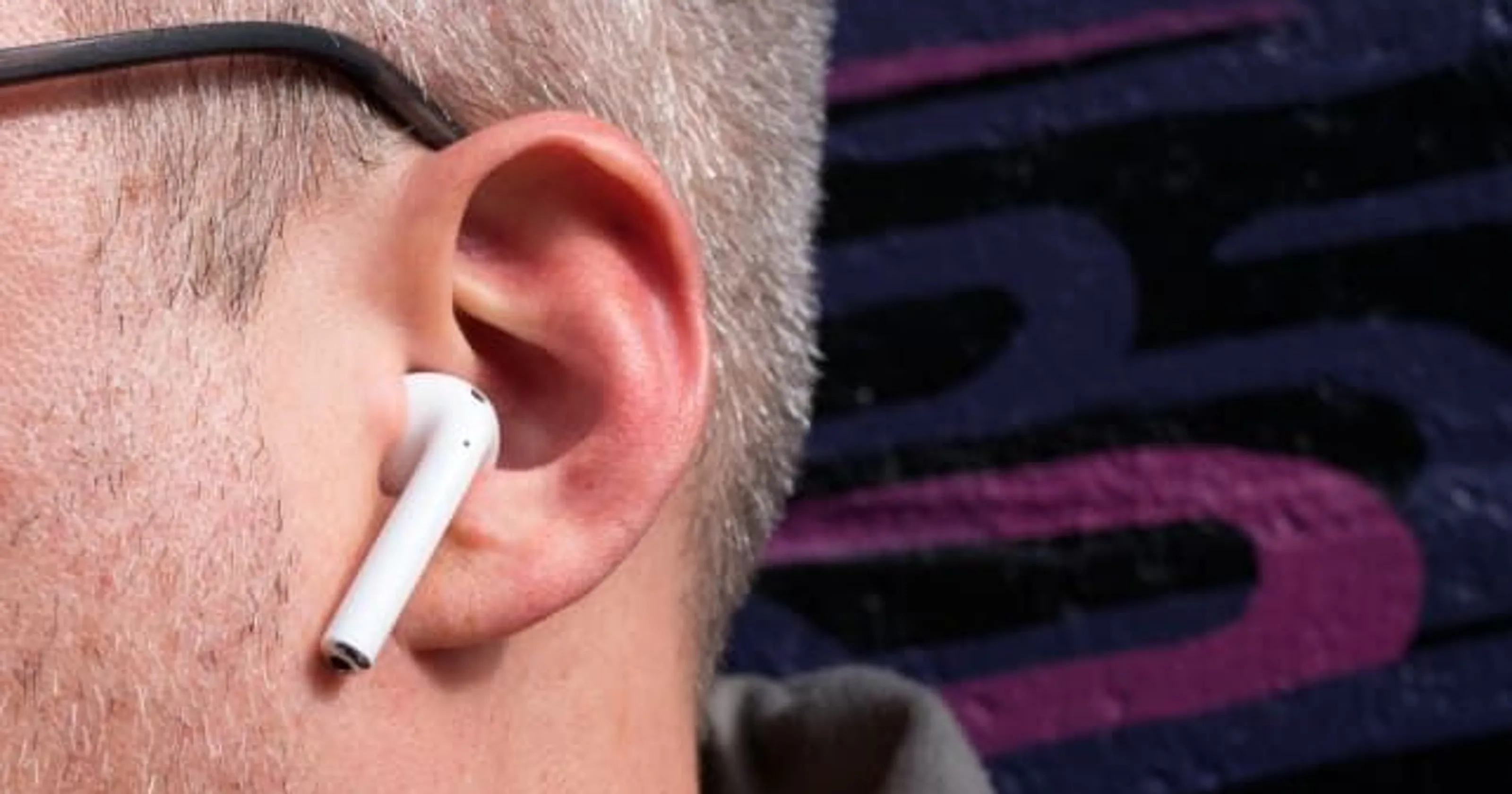
Hearing aids play an important role in the lives of those who use them and thus deserve to be paid great attention to avoid malfunction or damages. An expert providing hearing aid services can help you get the most out of your devices. Here are some ways to make your hearing aid last longer.
Keep It Clean
Since some of these devices are lodged inside the ear, they are naturally filled with earwax. Too much of this will interfere with the smooth functioning of some major components in the devices. You might thus begin to experience some problems with the hearing aid. You are therefore advised to regularly clean your hearing aid with a clean and dry cloth.
Keep Your Ears Clean
As stated earlier, too much earwax can cause damages to your hearing aids. Thus, it is wise to find avenues to reduce the amount of it in your ears. The best way to do that is regularly cleaning your ears. This not only cleans out the wax in there but also removes any other dirt that could find their way into the little holes in your hearing aids.
If you notice that your ears produce more than the normal amount of wax, you should do well to notify your hearing healthcare professional. They are in the best position to assist you with the help you need to better care for your ears and hearing aids.
Meanwhile, the best way to clean your ears is with a washcloth as cotton buds can be counterproductive by pushing the earwax deeper into the ear.
Keep Hearing Aids Dry
This is probably the most efficient way to avoid carrying out incessant repairs on your hearing aids. To avoid moisture build up in your device, you should always remove the batteries at night and allow it to air out.
If you are the type that sweats profusely, several options are open to you. You could either go for a hearing aid sleeve or a hearing aid dehumidifier — these help to greatly reduce the amount of moisture content in the hearing aids.
You are also advised to remove the hearing aids if you are to engage in any water activity that would involve full body immersion.
Troubleshooting
This is a checklist to go through before concluding that your hearing aid device really needs to undergo a repair.
- Check the switch: sometimes mere forgetfulness could be your cause for alarm. So check first to see if your device is turned on.
- Check the volume: you might probably have turned down the volume accidentally. Turn it back up.
- Check the battery: it could be that your batteries have been exhausted or wrongly positioned. What you should do is either replace the batteries or position them rightly.
- Check the tubing: this is specific to BTE (behind-the-ear) models. As a result of wear and tear, the hearing aid tubing might have been damaged. Fret not; it’s nothing that your hearing healthcare professional can’t fix.




